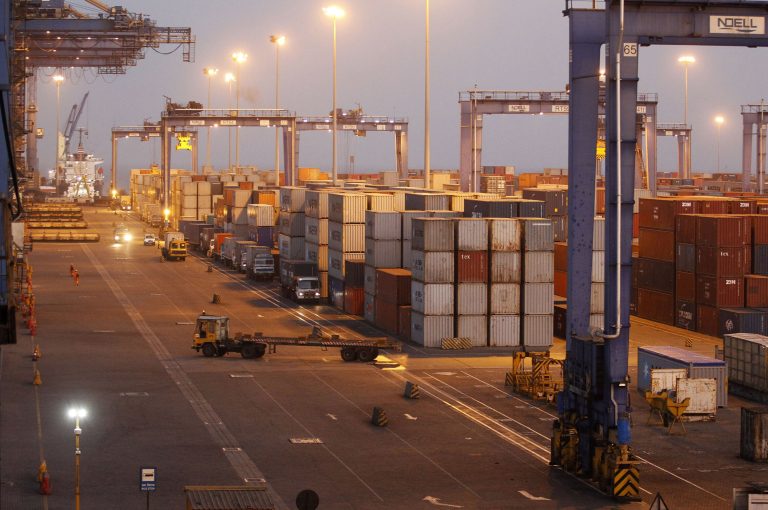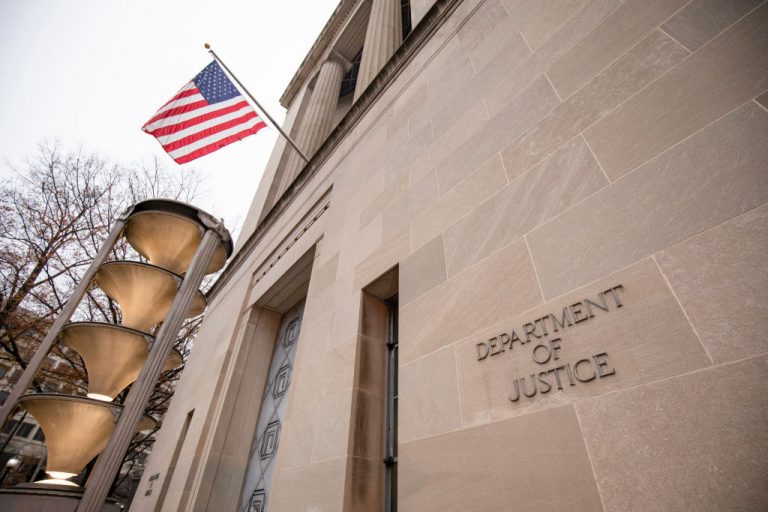Financial analysis
The world’s second largest economy is paying the price for its unrelenting “zero-COVID” policy — with industrial output and consumer spending dipping to the worst levels since the pandemic began, and financial analysts warning that there is no path to a quick recovery.
Industrial output fell by 2.9 percent in April from a year ago, while retail sales contracted 11.1 percent in the period, weaker than the projected 6.6 percent drop analysts at Bloomberg had predicted. Economists at Citigroup Inc. also downgraded their full-year growth forecast for China from 5.1 percent down to 4.2 percent.
The unemployment rate also climbed to 6.1 percent, and the youth jobless rate hit a new record in the country as investors scrambled to sell everything from Chinese shares to U.S. index futures in oil and natural gas stocks.
READ MORE ON CHINA’S ECONOMY:
- COVID Lockdowns Cut 98% of Tesla’s April China Sales, Production Also Hard-Hit
- US Firms Report Huge Dip in China Sales as Beijing Continues ‘Zero-COVID’ Measures
- Farmers in China’s Breadbaskets Desert Crops to Comply With ‘Zero-COVID’ Restrictions
On May 13, China’s currency, the yuan — also known as the renminbi — hit its lowest levels since September 2020 in both onshore and offshore markets.
Success
You are now signed up for our newsletter
Success
Check your email to complete sign up
In the past three months, the yuan has lost about 7 percent of its value against the dollar. In April alone, it posted its biggest monthly drop on record. CNN reported on May 16 that in the same month, China’s foreign exchange reserves fell to the lowest levels since late 2016.
Monday’s data also suggests that China’s gross domestic product (GDP) declined 0.68 percent in April from a year ago, the first contraction since February 2020, according to estimates from Bloomberg Economics.
According to an analysis conducted by UBS Group, China’s industrial sector growth could also weaken to below 2 percent in the second quarter if current trends continue to hold.
Lockdowns continue
Authorities in China have recently doubled down on the country’s COVID protocols, prompting criticism from hard-hit businesses and factories, fueled public frustration and violence, and forced Beijing’s ambitious full-year growth target of around 5.5 percent further out of reach.
China’s economy has taken an enormous hit from the government’s stringent efforts to keep the virus at bay, with major metropolises like Shanghai locked down for several weeks, and restrictions in at least 32 other cities cutting into consumer spending, shutting factories and blocking supply chains.
The Shanghai government announced on April 20 that certain restrictions would be lifted in the city of 26 million residents, with an estimated 4 million people allowed to leave their homes after weeks of being confined inside with dwindling supplies of food and water.
MORE ON SHANGHAI’S CORONAVIRUS LOCKDOWNS:
- Inside Shanghai’s Makeshift COVID Hospitals, Chaos and Mayhem Abound
- Desperate Residents Protest Shanghai Lockdown: ‘You are driving people to their deaths’
- Workers in Hazmat Suits Seen Beating Shanghai Residents to Enforce ‘Zero-COVID’ Regulations
However, restrictions in Shanghai were again tightened after authorities announced on May 9 that the city’s prolonged lockdown and restrictions that have lasted over seven weeks would continue through at least the month of May, or until the virus is “brought fully under control in all its neighborhoods.”
During the lockdowns, many residents revealed on social media a lack of access to life-saving medicine for anything other than COVID-19, and thousands have been forced into makeshift quarantine centers for undisclosed amounts of time, even if they aren’t exhibiting any symptoms. Others reportedly even starved to death after completely running out of food, and unable to leave their homes to procure more.
And while Shanghai has allowed the reopening of some shops to gradually resume operations starting May 16, many people still remain confined to their homes under strict lockdown rules.
The city’s mayor and vice-mayor announced on May 15 during a press briefing that “normal life and production” will only fully resume by mid-to-late-June.
Recently, daily mass testing was also introduced in Beijing as authorities there hope that by upping testing, the country’s capital can avoid a similar fate to that of Shanghai’s.
Soaring unemployment a threat to Xi’s leadership
In a bid to align themselves with the government’s COVID protocols, state-run newspapers published a six-month-old speech by Chinese leader Xi Jinping on May 16 underscoring the need to “preserve jobs and shore up growth, a sign of greater urgency to bolster the economy.”
The recent surge in joblessness is of particular worry for the Chinese Communist Party (CCP) ahead of a twice-a-decade leadership reshuffle later this year, when Xi is expected to secure a precedent-breaking third term.
“They prioritized ‘zero-Covid’ over economic growth in April, but they want both for the whole year,” said Larry Hu, head of China economics at Macquarie Group in Asia. “After all, zero-Covid at the cost of surging unemployment is a hard sell politically, especially in such a year with significant political importance.”







